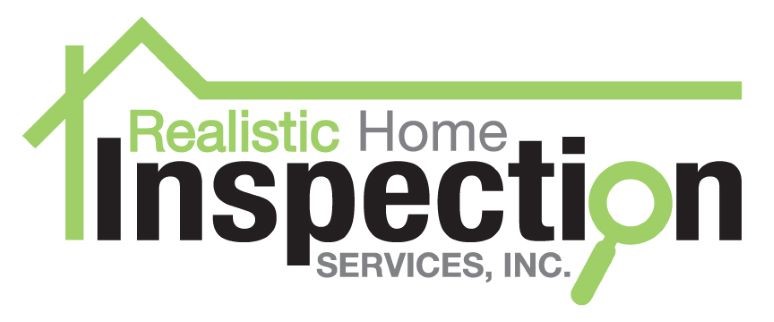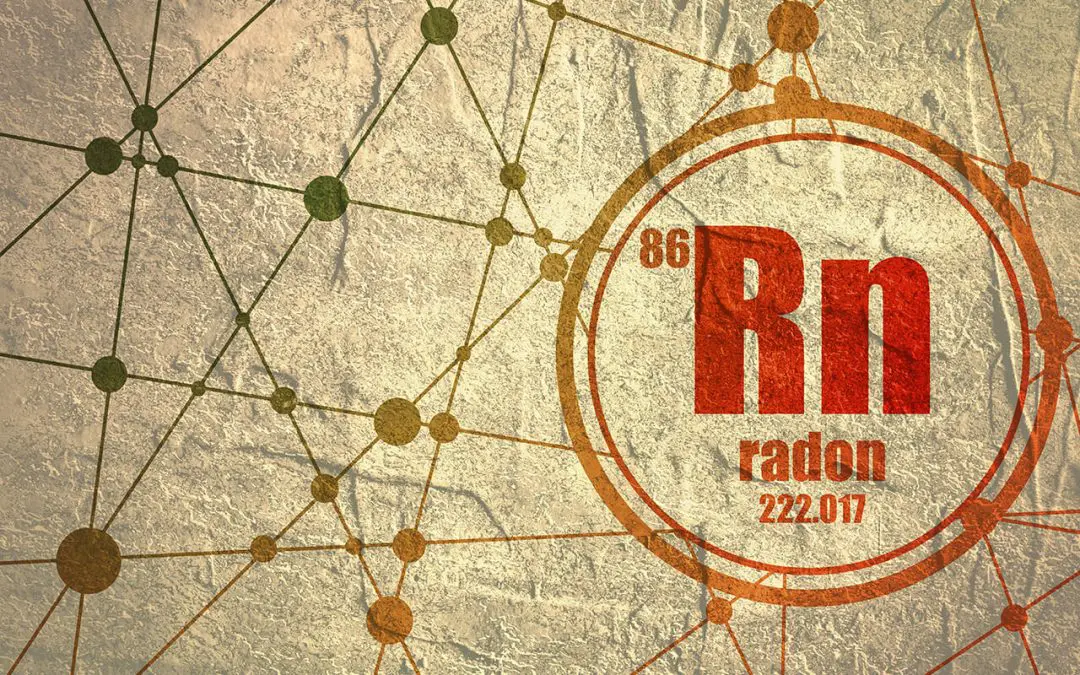If your home in the Milwaukee area recently underwent radon mitigation, you’re already on the right track to protecting your family’s health. But the work doesn’t end once the system is installed. Knowing what to do after radon mitigation is key to keeping your home safe for the long haul. From ongoing testing to proper maintenance, we’ll walk you through everything you need to know to make sure radon levels stay low and your peace of mind stays strong.
Understanding What Happens After Radon Mitigation
Keep Testing—It’s Not a One-and-Done
Once your radon mitigation system is up and running, you’ll need to confirm that it’s doing its job. After installation, it’s standard practice to retest your home’s radon levels within 24 to 72 hours. This follow-up test ensures the system is functioning correctly and that levels are now below the EPA action threshold of 4.0 pCi/L.
But don’t stop there. To stay safe:
- Get a professional radon test every two years, even with a system in place.
- Use a continuous radon monitor or short-term radon test kits for spot checks.
- Test sooner if you do major renovations, add ventilation systems, or finish your basement.
Understand Your System’s Needs
Most radon mitigation systems are passive or active sub-slab depressurization systems, which rely on a fan and vent pipe to safely redirect radon gas from beneath your foundation to the outdoors. These fans typically run 24/7—and like any equipment, they require maintenance.
Here’s what you should do:
- Check the system’s U-tube manometer monthly. It tells you if the fan is working correctly.
- Listen for unusual noises from the fan. A sudden stop or rattling sound could signal a problem.
- Have a qualified radon contractor inspect the system every few years.
- Expect to replace the fan every 5–10 years, depending on usage and environment.
Maintaining a Safe Home After Radon Mitigation
Monitor Humidity and Ventilation
Homes in the Milwaukee area often deal with high humidity, especially in basements—where radon tends to accumulate. Keeping humidity low and air flowing properly supports radon control and improves indoor air quality overall.
- Use dehumidifiers in basements or crawlspaces.
- Seal foundation cracks and sump pits to limit radon entry points.
- Install proper ventilation in utility rooms and basements to reduce radon buildup.
Make Radon Awareness Part of Home Maintenance
Just like changing your furnace filter or testing smoke alarms, monitoring your radon mitigation system should become part of your seasonal home checklist. It’s easy to forget, especially once the initial concern passes, but radon is a long-term health threat that deserves regular attention.
If you’re buying or selling a home with a radon mitigation system, make sure documentation of installation and testing is available. It helps future buyers feel confident and provides a record of when your last radon check occurred.
FAQ: Life After Radon Mitigation
- How do I know if my radon fan stopped working?
- The easiest way is to check the U-tube manometer attached to your system’s vent pipe. If the levels are even or lower than usual, the fan may have stopped. You might also hear silence where there was once a steady hum.
- Can I turn off my radon mitigation system to save energy?
- No. Turning off the fan even temporarily can cause radon to build up again. The system is designed to run continuously for optimal safety.
- Will remodeling my basement affect my radon levels?
- Yes. Changes to air flow or sealing can impact radon entry points. Always retest your radon levels after major renovations, especially in lower levels of the home.
- Is there a warning system if my radon levels go back up?
- Some systems come with alarms or monitors that alert you if radon levels rise. If yours doesn’t, consider adding a continuous radon monitor to keep tabs year-round.
- Should I worry about radon if I have a newer home?
- Absolutely. Radon doesn’t discriminate by age of home. In fact, newer homes may be more airtight, which can trap radon more easily inside. Testing is always recommended.
Keep Your Home Radon-Free—and Safe
Installing a mitigation system is a smart step, but knowing what to do after radon mitigation is just as important. With routine testing, proper fan maintenance, and attention to your home’s ventilation, you’ll continue protecting your family from radon exposure year after year.
Realistic Home Inspection Services provides home inspection services and radon testing to the greater Milwaukee area. Contact us to request an appointment.

